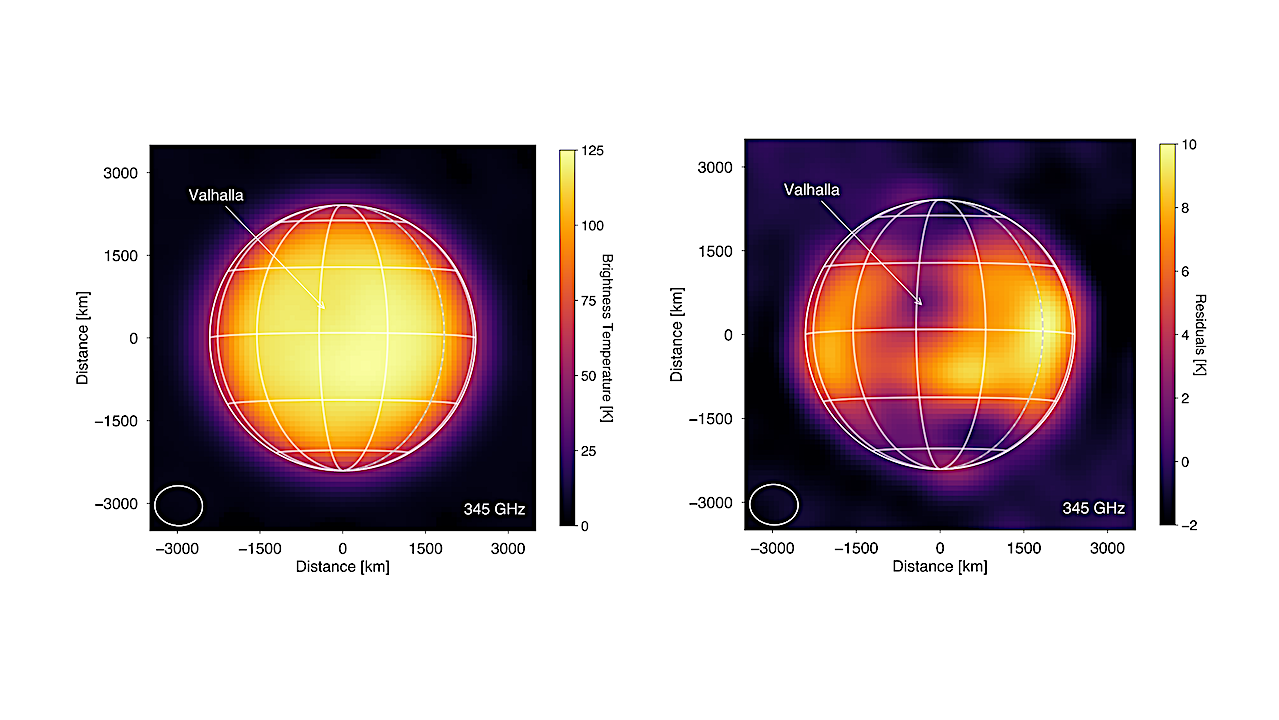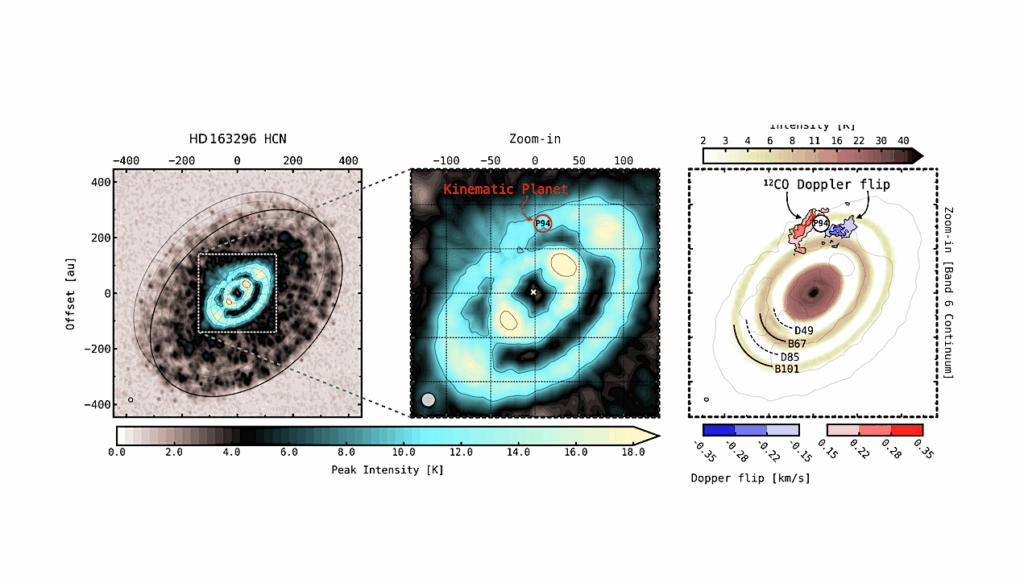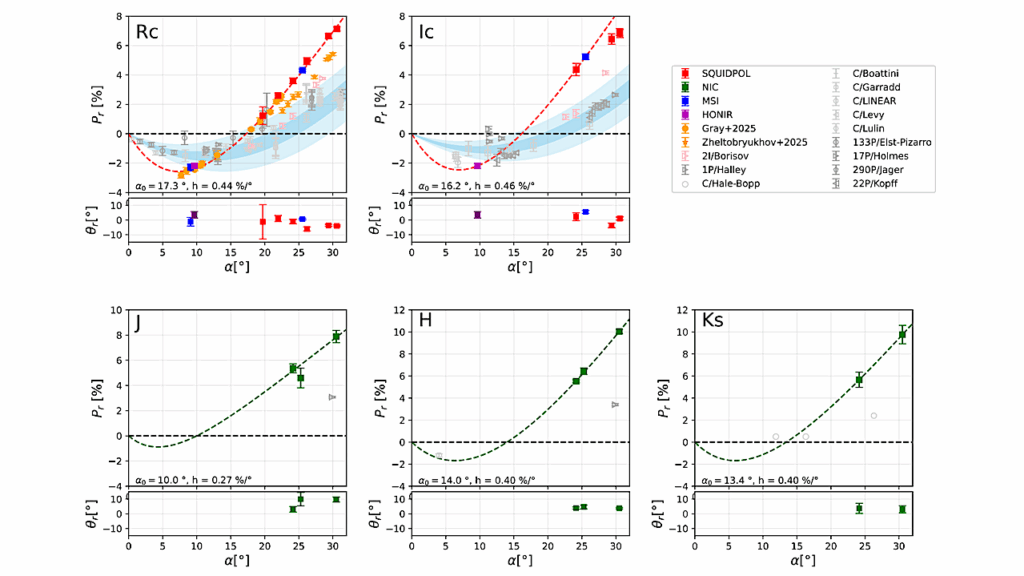Thermal Properties Of The Leading Hemisphere Of Callisto Inferred From ALMA Observations

We present a thermal observation of Callisto’s leading hemisphere obtained using the Atacama Large Millimeter/submillimeter Array (ALMA) at 0.87 mm (343 GHz). The angular resolution achieved for this observation was ∼0.16′′, which for Callisto at the time of this observation (D∼1.05′′) was equivalent to ∼6 elements across the surface.
Our disk-integrated brightness temperature of 116 ± 5 K (8.03 ± 0.40 Jy) is consistent with prior disk-integrated observations. Global surface properties were derived from the observation using a thermophysical model (de Kleer et al. 2021) constrained by spacecraft data. We find that models parameterized by two thermal inertia components more accurately fit the data than single thermal inertia models. Our best-fit global parameters adopt a lower thermal inertia of 15-50 Jm−2K−1s−1/2 and a higher thermal inertia component of 1200-2000 Jm−2K−1s−1/2, with retrieved millimeter emissivities of 0.89-0.91.
We identify several thermally anomalous regions, including spots ∼3 K colder than model predictions co-located with the Valhalla impact basin and a complex of craters in the southern hemisphere; this indicates the presence of materials possessing either a higher thermal inertia or a lower emissivity. A warm region confined to the mid-latitudes in these leading hemisphere data may be indicative of regolith property changes due to exogenic sculpting.
Maria Camarca, Katherine de Kleer, Bryan Butler, Alex B. Akins, Alexander Thelen, Imke de Pater, Mark A. Gurwell, Arielle Moullet
Comments: 13 pages, 7 figures
Subjects: Earth and Planetary Astrophysics (astro-ph.EP)
Cite as: arXiv:2308.13621 [astro-ph.EP] (or arXiv:2308.13621v1 [astro-ph.EP] for this version)
Journal reference: Planet. Sci. J. 4 142 (2023)
Related DOI:
https://doi.org/10.3847/PSJ/aceb68
Focus to learn more
Submission history
From: Maria Camarca
[v1] Fri, 25 Aug 2023 18:36:54 UTC (10,175 KB)
https://arxiv.org/abs/2308.13621
Astrobiology,








